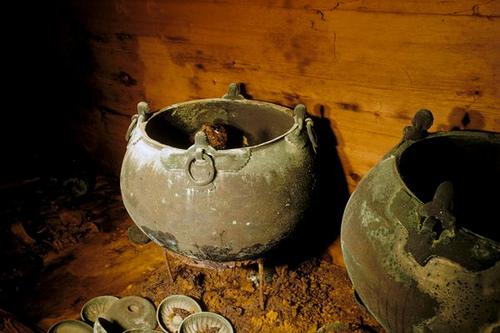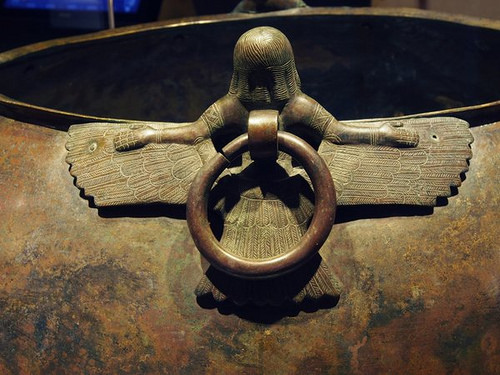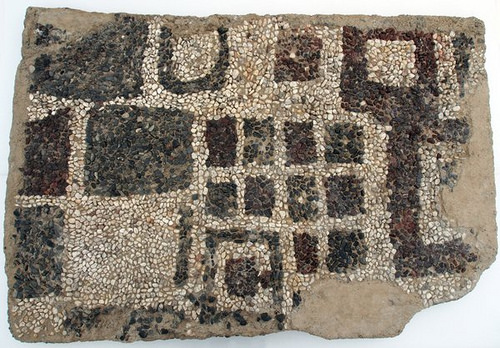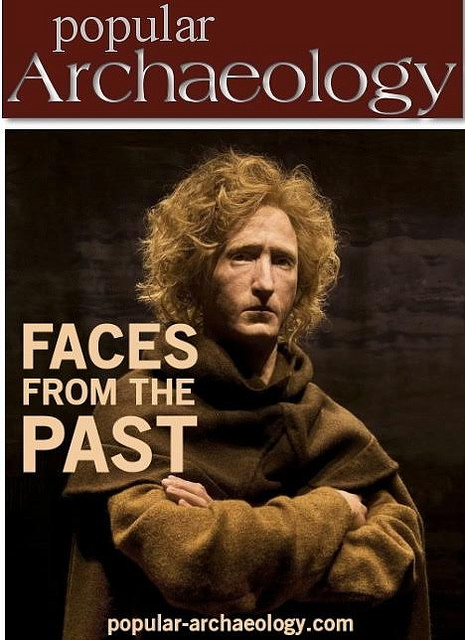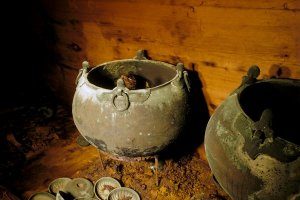
PHILADELPHIA, PA September 2015—What was behind the legendary story of King Midas and his golden touch?
That is the question that will be answered—not with chests full of gold, but with a spectacular array of specially-loaned ancient artifacts from the Republic of Turkey, keys to telling the true story of a very real, very powerful ruler of the Phrygian kingdom in what is now central Turkey. The Golden Age of King Midas, an exclusive, world premiere exhibition developed by the Penn Museum, 3260 South Street in Philadelphia, in partnership with the Republic of Turkey, runs February 13 through November 27, 2016.
King Midas lived in the prosperous city of Gordion circa 750-700 BCE, ruling Phrygia and influencing neighboring kingdoms, from Assyria and Urartu, to the city-states of North Syria, Lydia, Greece, and beyond. He likely reigned during the time in which Homer’s Iliad was first written down. It was indeed a golden age.
Archaeologists from the Penn Museum (the University of Pennsylvania Museum of Archaeology and Anthropology) have been excavating at the important ancient site of Gordion—and making international headlines with their discoveries—since 1950. This rich site, a cross-roads of many cultures over time, offers insight into thousands of years of history, but it is best known as the political and cultural capital of the Phrygians, a people who dominated much of what is now Turkey nearly 3,000 years ago. With its monumental architecture and a series of wealthy tombs belonging to Phrygian royalty and elites, Gordion is the premiere archaeological site for discovering the unique material achievements of the once great Phrygian civilization.
A Rare Opportunity
In 1957, the Penn Museum excavated a spectacular tomb, the Tumulus MM (Midas Mound), the largest of about 120 man-made mounds of earth, clay, and stone used to mark important burials at Gordion. Dated to about 740 BCE, it is believed to be the final resting place of King Midas’ father Gordias. The archaeologists entered the tomb, the oldest standing wooden building in the world, and beheld an extraordinary sight: the skeleton of a king in what was left of a cedar coffin, surrounded by all the bronze bowls, serving vessels, wooden tables, and food remains from an extensive funeral banquet.
Now housed in Turkish Museums in Ankara, Istanbul, Antalya, and Gordion, most of these extraordinary artifacts have never before traveled to the United States. For the first time, about 120 objects from Turkey, primarily from Tumulus MM and hand selected by exhibition curator Dr. C. Brian Rose, Penn Museum’s Gordion Archaeological Project Director, come to Philadelphia for this exclusive, limited-time engagement. One additional highlight of the exhibit will be an ivory lion tamer figurine on loan from the Delphi Archaeological Museum; it probably formed part of a throne dedicated by Midas to Apollo in the late eighth century BCE. Artifacts from nearby kingdoms, drawn from the Penn Museum’s own international collection, supplement the exhibition and tell the broader story of a golden age presided over by a legendary king.
_______________________________________
A partial view inside Tumulus MM—the burial chamber of a Phrygian ruler, probably the father of King Midas. Tumulus MM is the oldest known intact wooden building in the world. Exhibited: One of the three cauldrons found inside the tomb, probably all used for beer, features two siren attachments and two bearded demon attachments. Bronze drinking bowls are scattered across the floor of the tomb chamber, dated to circa 740 BCE, and excavated by the Penn Museum in 1957. Photo: 1957, Penn Museum Gordion Archive, G-2390.
_____________________________________________________
Exhibited: This black polished goat jug, 8.2 inches in length, 5.9 inches in height, and 4.7 inches in width, was excavated from Tumulus P, the burial chamber of a royal child, at Gordion in central Turkey. The jug dates to circa 760 BCE; it was excavated in 1956. Photo: Museum of Anatolian Civilisations, Ankara, 12789c.
_____________________________________________________
Exhibited: Detail of one of the three massive bronze cauldrons from Tumulus MM, tomb of a Phrygian ruler, probably the father of King Midas. The figure of a siren and the associated ring handle form one of four attachments on the cauldron. The cauldron probably once held an alcoholic beverage made of barley beer, grape wine, and honey mead, part of an elaborate funeral banquet for the deceased ruler. The cauldron dates to circa 740 BCE. It was excavated by the Penn Museum at Gordion in 1957. Dimensions—Height: 20.2 inches. Diameter: 30.7 inches (diameter at rim: 23 inches). Capacity: about 40 gallons [=150 liters]. Photo: Penn Museum Gordion Archive, 2014_4080.
_____________________________________________________
Exhibited: Part of the colored pebble mosaic floor, the oldest known in the world, found in a large hall excavated inside the citadel at Gordion in 1956. One of 33 panels removed for conservation and display in 1963, this piece was newly conserved in the summer of 2015 by the team at Gordion. It dates to the late 9th century BCE. Photo: Penn Museum Gordion Archive, 2015_04663.
_____________________________________________________
Editor’s Note: For more detailed information about the recent discoveries at Gordion, see the feature article, Unearthing the City of King Midas.
_____________________________________________________
The Golden Age of King Midas opens with a day-long celebration on February 13, 2016. A gala preview evening is planned for Friday, February 5.
The Golden Age of King Midas is made possible with support from Frederick J. Manning, W69, and the Manning Family; the Susan Drossman Sokoloff and Adam D. Sokoloff Exhibitions Fund, and an anonymous donor.
_____________________________________________________
The Penn Museum (the University of Pennsylvania Museum of Archaeology and Anthropology) is dedicated to the study and understanding of human history and diversity. Founded in 1887, the Museum has sent more than 300 archaeological and anthropological expeditions to all the inhabited continents of the world. With an active exhibition schedule and educational programming for children and adults, the Museum offers the public an opportunity to share in the ongoing discovery of humankind’s collective heritage.
The Penn Museum is located at 3260 South Street, Philadelphia, PA 19104 (on the University of Pennsylvania campus). Museum hours are Tuesday through Sunday, 10:00 am to 5:00 pm, and first Wednesdays of each month until 8:00 pm. Closed Mondays and holidays. Admission donation is $15 for adults; $13 for senior citizens (65 and above); free for U.S. Military; $10 for children and full-time students with ID; free to Members, PennCard holders, and children 5 and younger.
Penn Museum can be found on the web at www.penn.museum. For general information call 215.898.4000. For group tour information call 215.746.8183.
Source: Press release of the Penn Museum.
_____________________________________________________
In addition, the latest Popular Archaeology ebook is now available.
______________________________________________
Travel and learn with Far Horizons.
____________________________________________
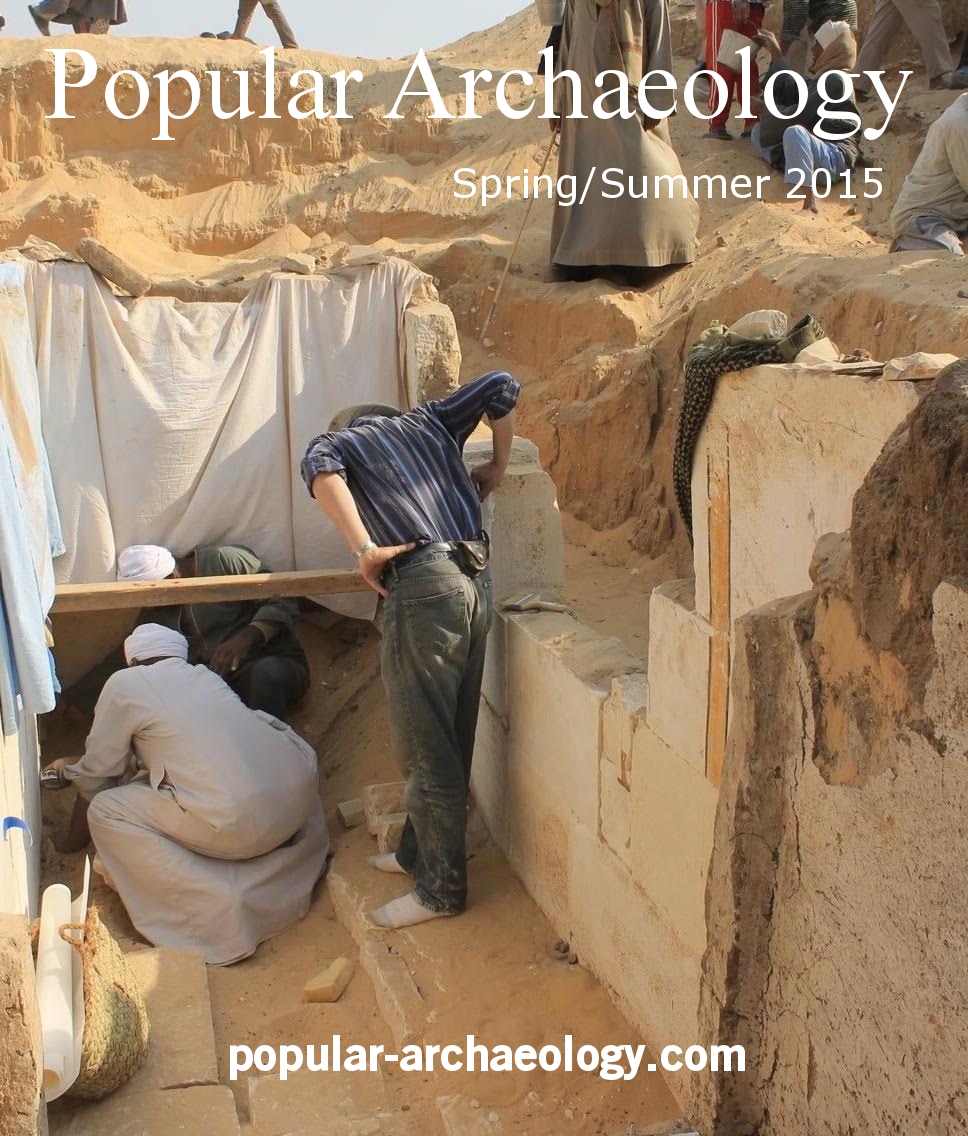 This richly illustrated ebook version of a recent Popular Archaeology issue includes the following stories: The discovery of the tomb of a previously unknown pharaoh that is shedding light on a lost ancient Egyptian dynasty; how genetics is revolutionizing what we know about human evolution and our prehistoric past; one scholar’s controversial ‘New Chronology’ and how it supports the historicity of the biblical Exodus; how archaeologists are unearthing new history in Williamsburg, Virginia, a seat of British colonial power in 18th century America; the discovery of the remains of a major Roman legionary base in Israel; the unearthing of an ancient Judean fortified settlement in the borderlands between the biblical kingdoms of ancient Judah and the Philistines; and how archaeologists are uncovering evidence of what may have been an important administrative center of Judah during the 8th century BCE. Now available from Amazon.com!
This richly illustrated ebook version of a recent Popular Archaeology issue includes the following stories: The discovery of the tomb of a previously unknown pharaoh that is shedding light on a lost ancient Egyptian dynasty; how genetics is revolutionizing what we know about human evolution and our prehistoric past; one scholar’s controversial ‘New Chronology’ and how it supports the historicity of the biblical Exodus; how archaeologists are unearthing new history in Williamsburg, Virginia, a seat of British colonial power in 18th century America; the discovery of the remains of a major Roman legionary base in Israel; the unearthing of an ancient Judean fortified settlement in the borderlands between the biblical kingdoms of ancient Judah and the Philistines; and how archaeologists are uncovering evidence of what may have been an important administrative center of Judah during the 8th century BCE. Now available from Amazon.com!
____________________________________________

